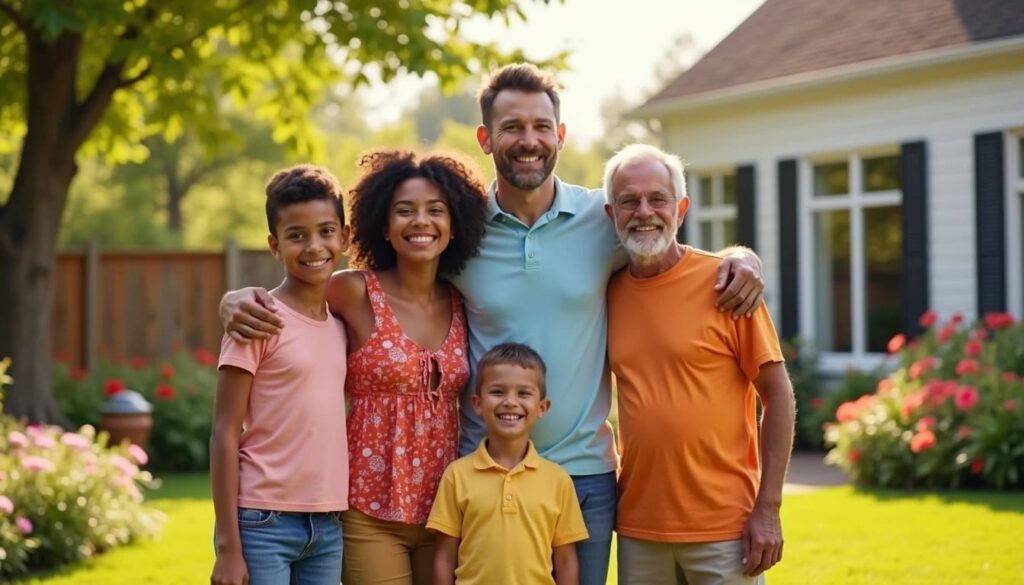The rise of multigenerational living in the U.S. is driven by financial pressures, shifting social norms, and the benefits of intergenerational support. After returning from Spain, 25-year-old Ben Hoffinger moved back in with his parents while attending Harvard due to high housing costs, a common trend among young adults. The number of multigenerational homes—those housing at least two adult generations—quadrupled between 1971 and 2021, reaching nearly 60 million.
Housing affordability is a key driver. Research from The Wharton School notes that nearly half of adults aged 18–29 now live with their parents, a percentage not seen since the Great Depression. Rising home prices and rent make independent living difficult, despite societal expectations that young adults should be self-sufficient by 25.
Multigenerational living extends beyond young adults. Older Americans increasingly share homes with family due to caregiving needs, financial constraints, or cultural traditions. The U.S. Census Bureau reports a rise in three-generation households, particularly among Asian, Hispanic, and Black families. Seniors benefit from support, companionship, and reduced housing costs, with only a small fraction able to afford nursing homes or in-home care.
The trend has fueled interest in accessory dwelling units (ADUs), allowing families to live together while maintaining privacy. Contractors like Kevin Kennedy have seen demand for ADU conversions surge, particularly after the pandemic.
Though multigenerational living presents challenges, such as privacy concerns and occasional family tension, many families find it emotionally and financially rewarding. Advocates see it as a solution to housing affordability, loneliness, and the limitations of the nuclear family model. As the U.S. population continues to diversify and economic pressures persist, the appeal of intergenerational support is likely to grow.

